BROTHERS:
Thomas Campbell &
James Campbell
(Click any thumbnail image to view full size)
Family
There are too many posibilities of families to which these men could have belonged, unfortunately. The supplied info from where they were aquired has proved to be incorrect. It was a different Thomas and James Campbell, who both happened to serve in WW1. One in a different Scottish regiment. Their service records didn't survive the fire at the records office in WW2, and unless any further information is found, we may sadly never know the full history of these two brothers.
Thomas CAMPBELL (Corporal)
42304, Machine Gun Corps
British War Medal and Victory Medal
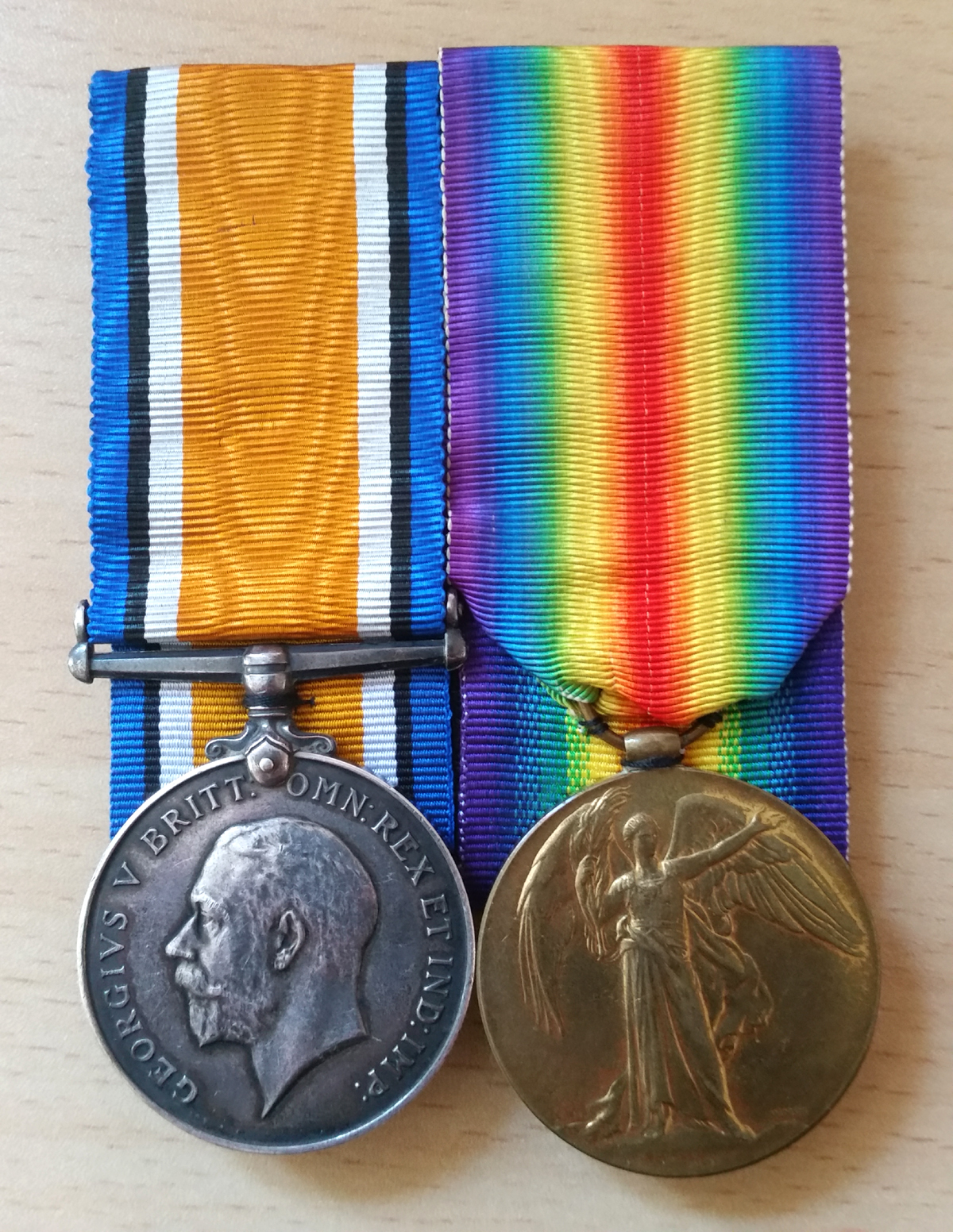
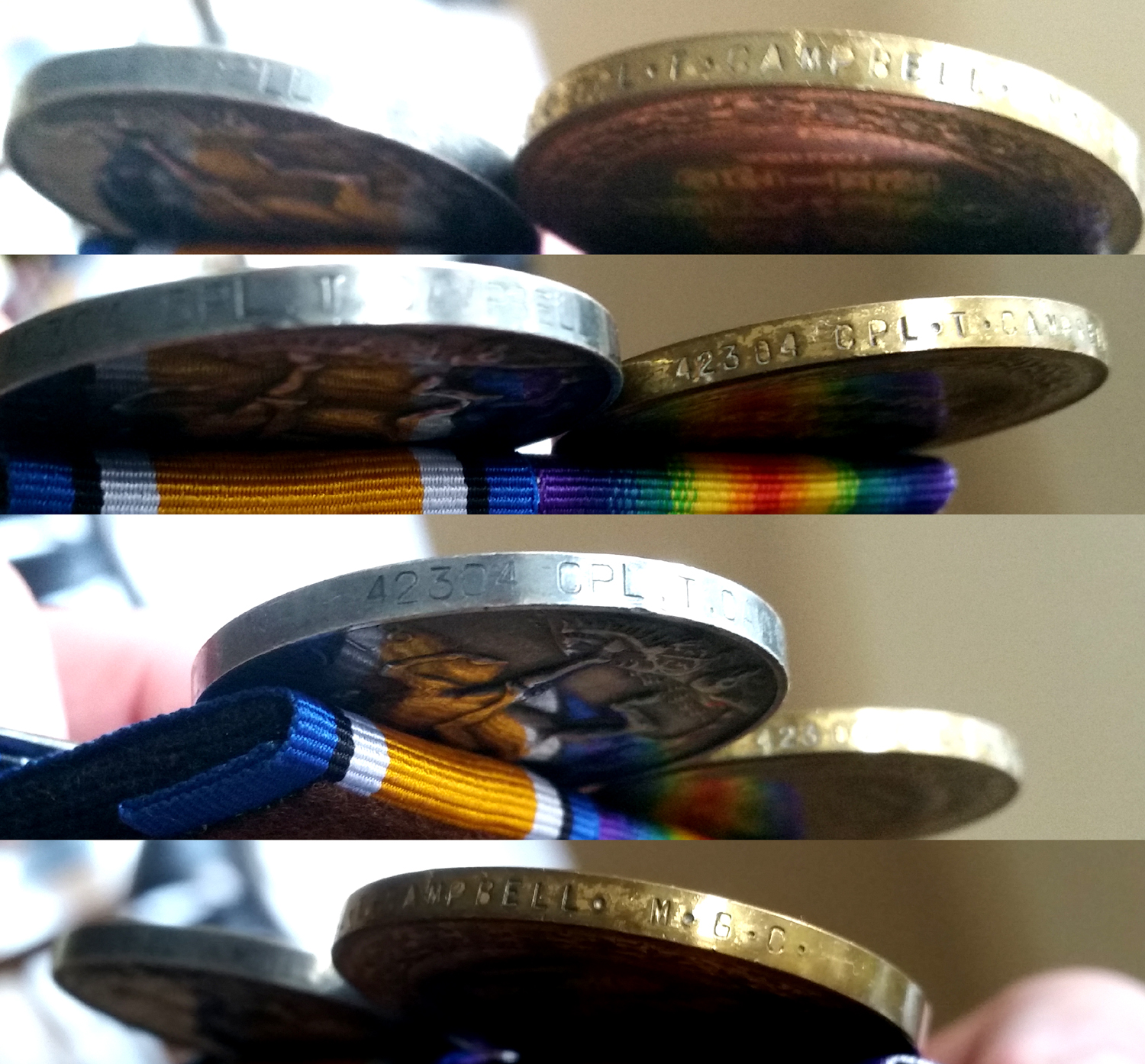
Thomas joined the army, and entered service sometime after the beginning of 1916. The BWM and Victory are his full entitlement, as shown on his Medal Index Card and service medal roll (below - click to enlarge). He survived the war, and was discharged to the Class Z Reserve on 30th April 1919. There were fears that Germany would not accept the terms of any peace treaty, and therefore the British Government decided it would be wise to be able to quickly recall trained men in the eventuality of the resumption of hostilities. Soldiers who were being demobilised, particularly those who had agreed to serve "for the duration", were at first posted to the "Class Z Reserve". They returned to civilian life but with an obligation to return if called upon. The Z Reserve was abolished on 31 March 1920.
James CAMPBELL (Private)
22384, 10th Battalion, Cameronians (Scottish Rifles)
British War Medal and Victory Medal*
*Replica gap filler
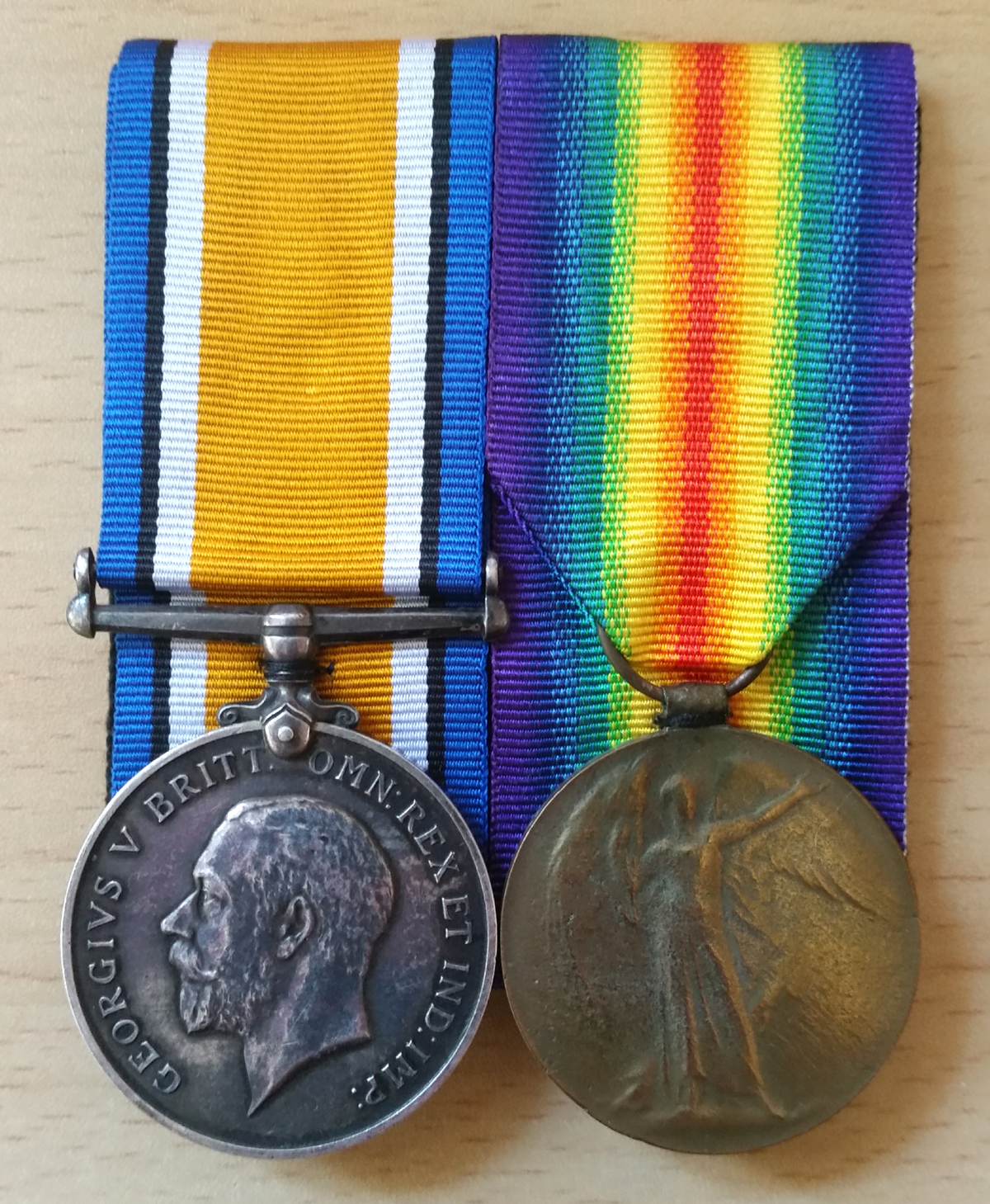
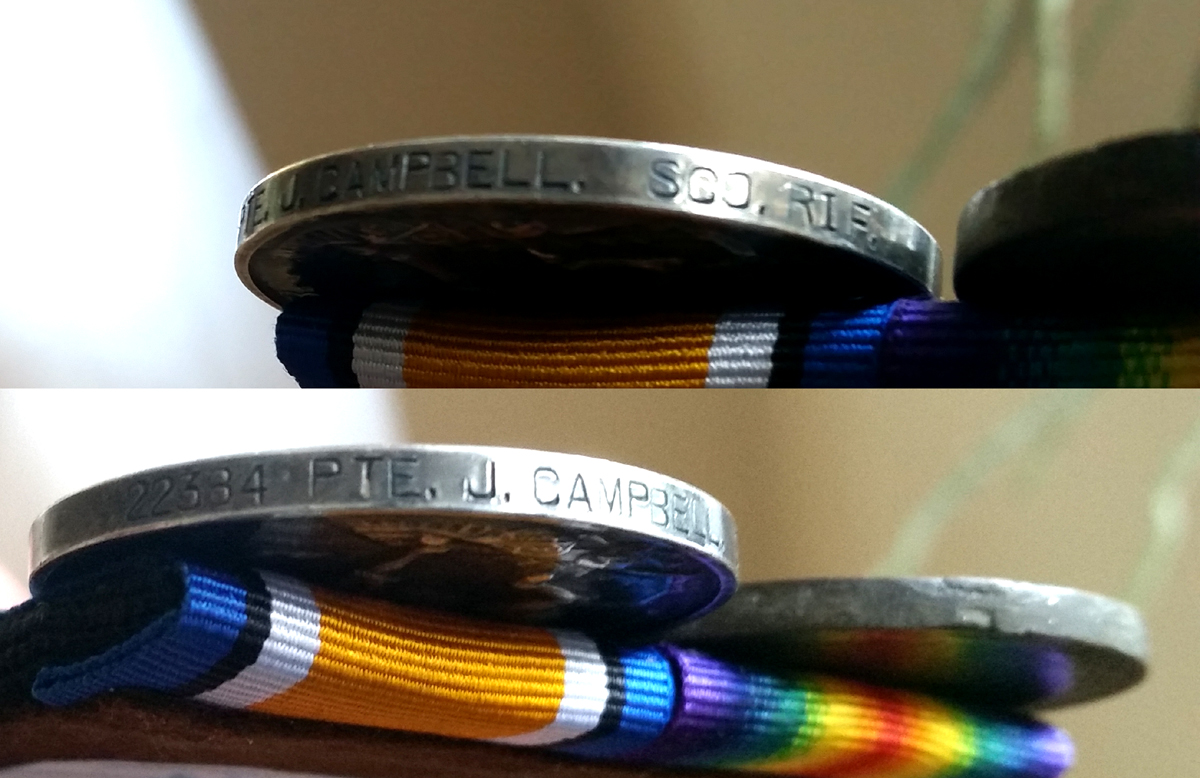
Little is known about
James' service during WW1. What is known is that he joined the 10th Bn, Cameronians (Scottish Rifles), and arrived in France sometime after January 1916. His Battalion saw action in 1916 in the area of Loos, notibly in a German gas attack and the defence of the "Kink Salient" in the same area.
Just before dawn on 27 April, part of the 15th (Scottish) Division ( which included James' Battalion) were subjected to a cloud gas attack near Hulluch, one mile North of Loos. Prior to the attack on the 27th, the Germans began distributing around 7,400 gas shells along a two mile front between Cité St. Elie to Loos, where no-man's land had only been 120–300 yards apart since the Battle of Loos (Sept-Oct 1915). A few days prior, the Germans had been systematically shelling the British positions to destroy support and supply trenches and to cut-off communication lines. After laying a barrage on communication trenches they fired lacrymatory (tear gas) shells into villages and British rear positions. The shelling diminished by the 26th. Then, on the warm, fine day of the 27th April, with the wind blowing torwards the British Lines, the 4th Bavarian Division fired smoke shells into no-man's land, followed by a mixture of phosgene and chlorine gas from 3,800 gas shells. The gas was sufficiently strong in concentration that it penetrated the issued PH Gas helmets, and anti-gas blankets on dug-out entrances were inneffective. Some ammunition was made unusable and some rifles jammed, due to chemical deposits forming on the bolts. They were subject to a further gas atack on the 29th. The British suffered around 1300 casualties from the gas alone - almost 2000 in total, of which 338 died between 27-29 April. Many men had to be relieved and sent to the rear for hospital treatment.
A week and a half later, on the 11th May 1916, the 15th (Scottish) Division, the 10th Cameronians among them, were subject to an assault by the 3rd Bavarian division at the west end of the Hohenzollern Redoubt near Loos. After fighting in early 1916, the British front line near Fosse 8 had become a blunt salient known as the Kink, between the Hohenzollern Redoubt and the Cité St. Elie quarries. The area was regularly bombarded with great accuracy by German artillery and trench mortars. German mining had left no man's land, which was only 100 yards wide, a crater field occupied by both sides. Many British troops considered that the area was the worst place on the Western Front. Although initially the 10th Cameronians were in reserve they were quickly brought into action, when at 4pm on the 11th May the German artillery opened up at all positions on the Kink, until 5pm, when they detonated a mine at the Redoubt, and switched their fire. The British retaliatory bombardment caused smoke and dust, making observation impossible. An infantry attack on the Redoubt was fended off by the 11th Argylls, and the German artillery attacked switched back to the Kink. Front line casualties were massive, and the German infantry moved up, screened by the craters in no-man's land and overwhelmed the survivors in the front line. After failed counter-attacks by the British against substantial opposition, which were abandoned at 3am on 12 May, a new front line was setup further back in a trench known as Sackville Street. On the 14th an attack was planned for 10.30pm to recapture the lost ground, but preparations weren't ready until midnight, and since the new front line along Sackville Street and the support line behind, were better than the exposed lines at the Kink, a decision which was approved to cancel the attack.
Following either the gas attacks, or the the battles in defence of the "Kink" on the frontline near Loos, James Campbell was evacuated back to the hospital and dressing stations in Bethune. He sadly died on 13th May 1916. He is buried, and remembered with honour, in the nearby cemetery along with 3003 other British and Commonwealth soldiers of the First World War.
James Campbell - Medal Index Card
James Campbell - British War and Victory Medals Roll
James Campbell - Cemetery Register
James Campbell - Grave Registration
James Campbell - Headstone Schedule
James Campbell - Headstone Schedule 2
James Campbell - Memorial Certificate (PDF)
James Campbell - Entry in Scotish Roll of Honour
James Campbell - Cover of the Cameronians Memorial Roll
James Campbell - James' Entry in the Cameronians Memorial Roll
Photographs ofthe Cameronians (Scottish Rifles) Memorial in Glasgow
1 , 2 , 3
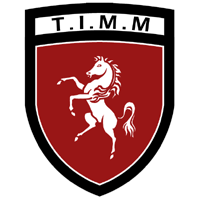 The Invicta Medal Museum (Online)
The Invicta Medal Museum (Online) 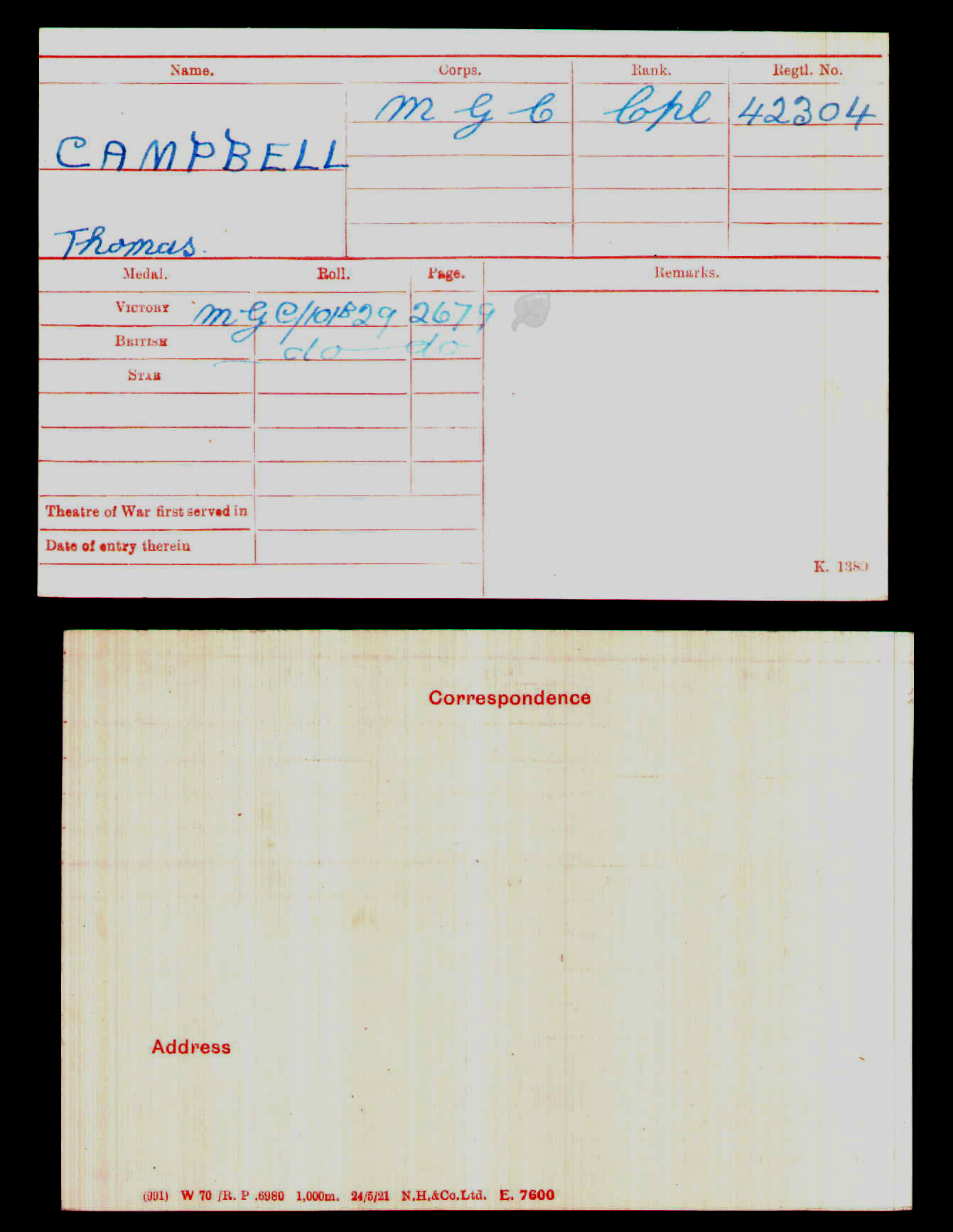
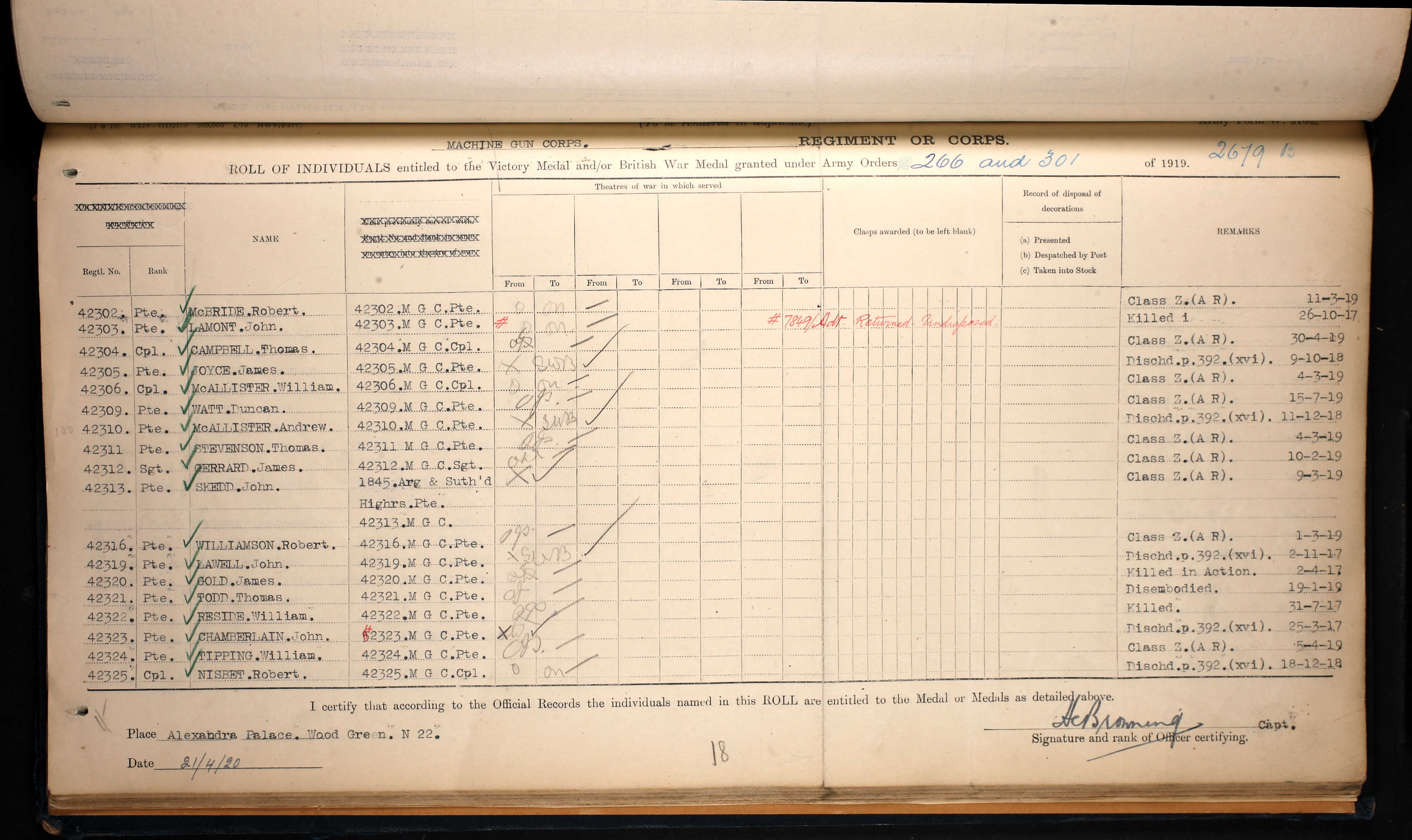
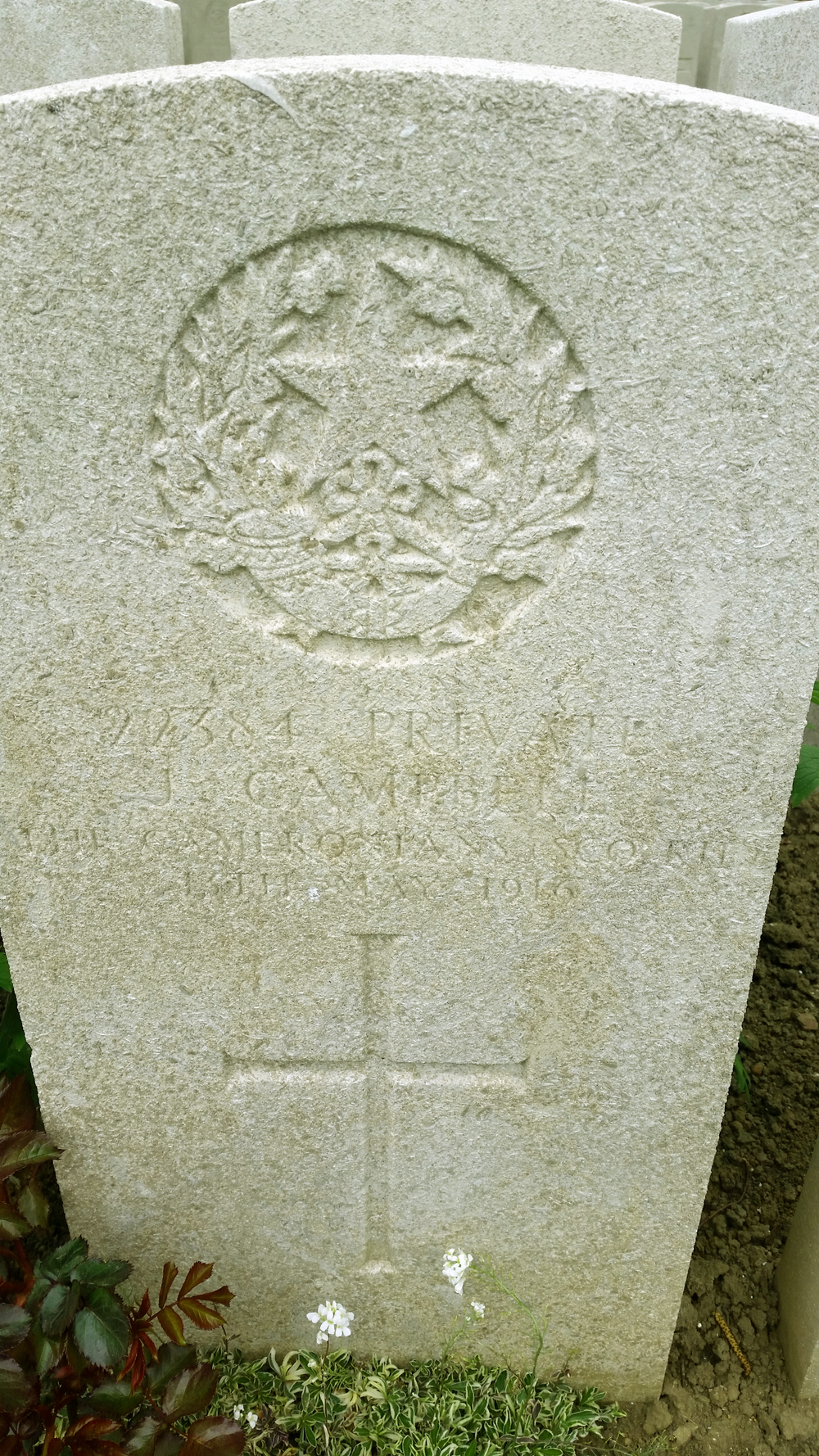
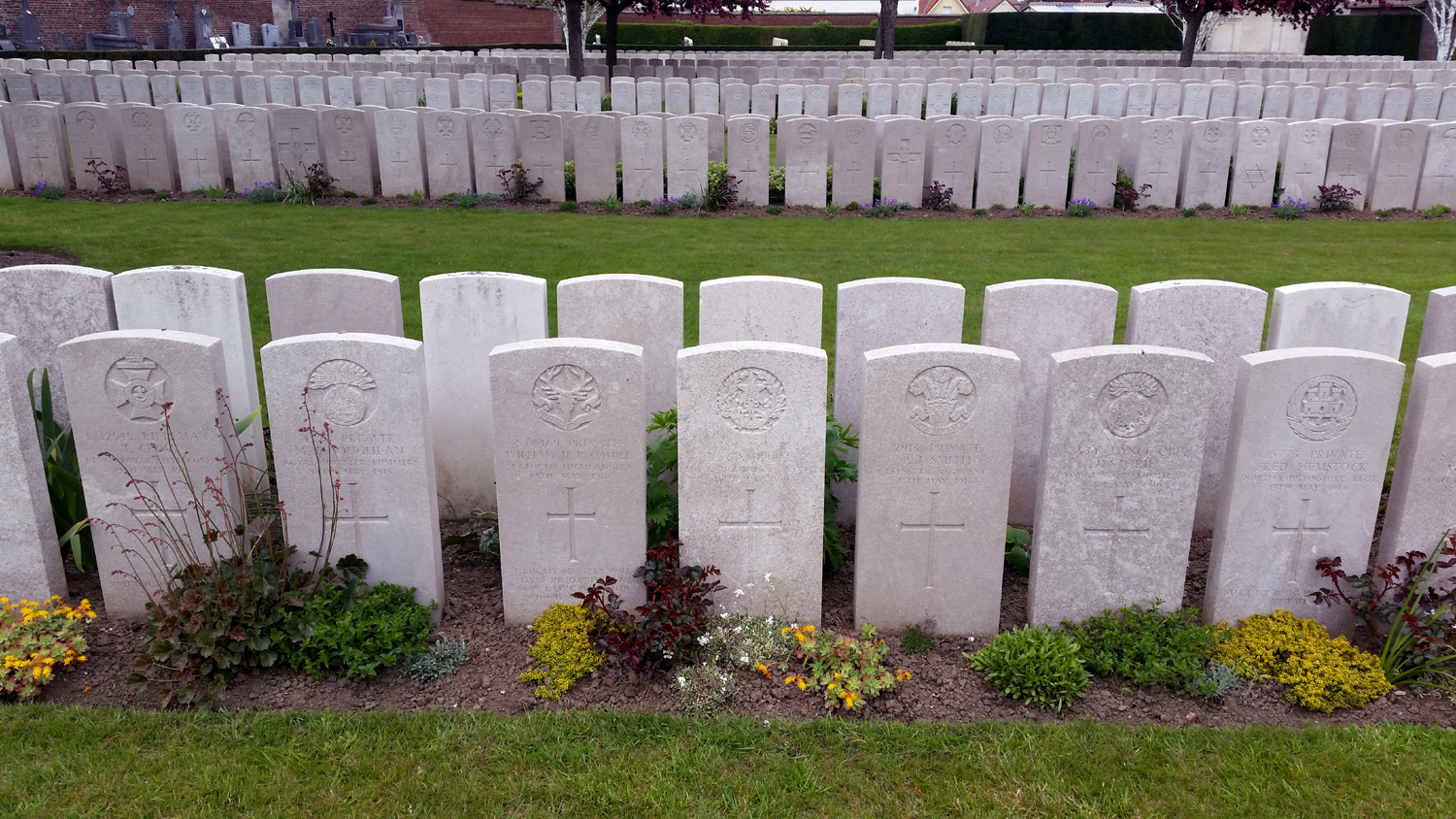
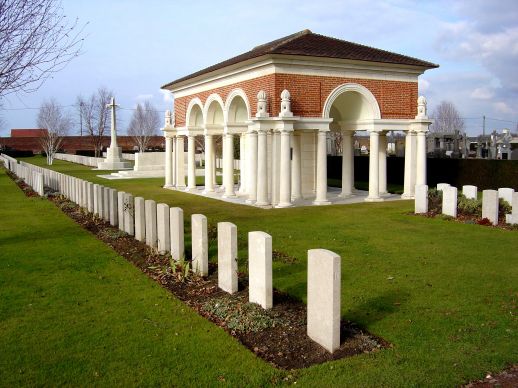
.jpg)